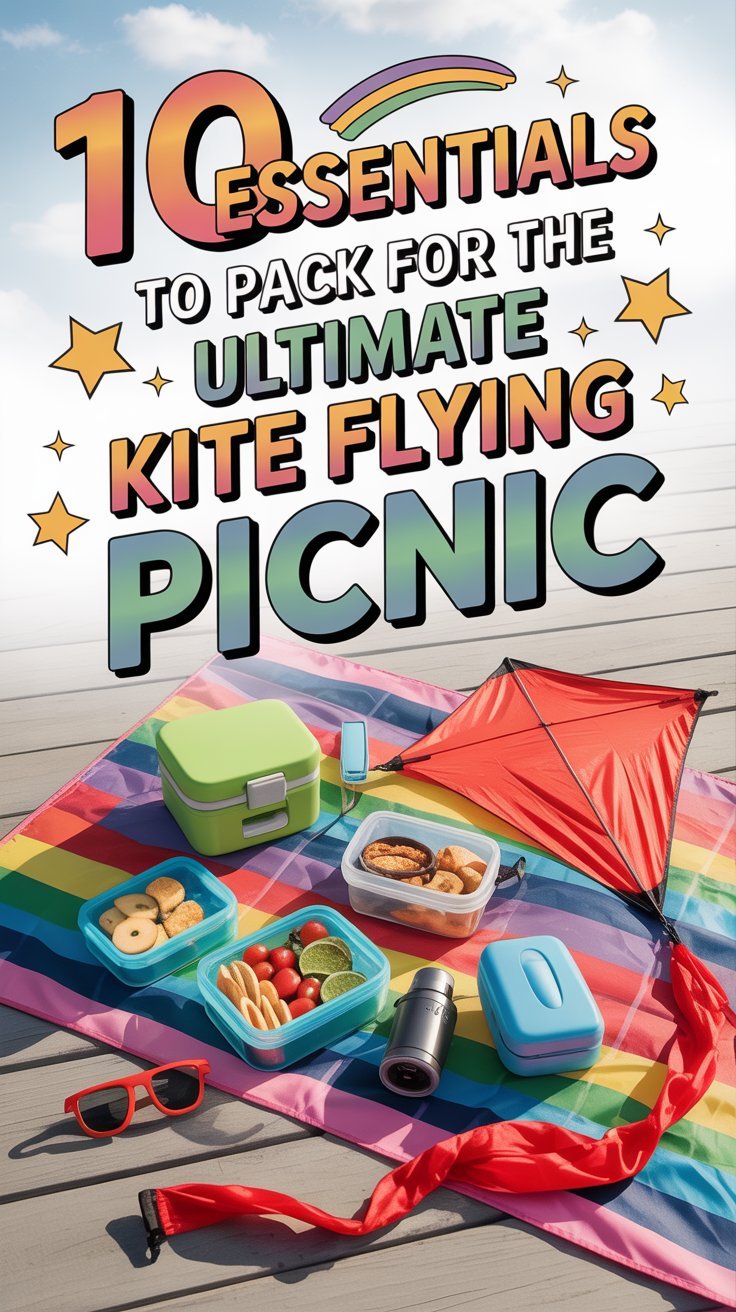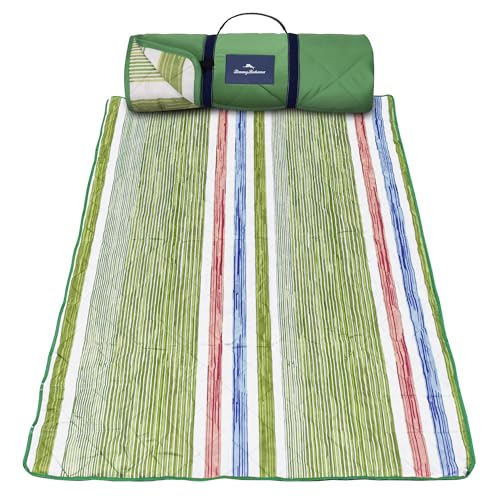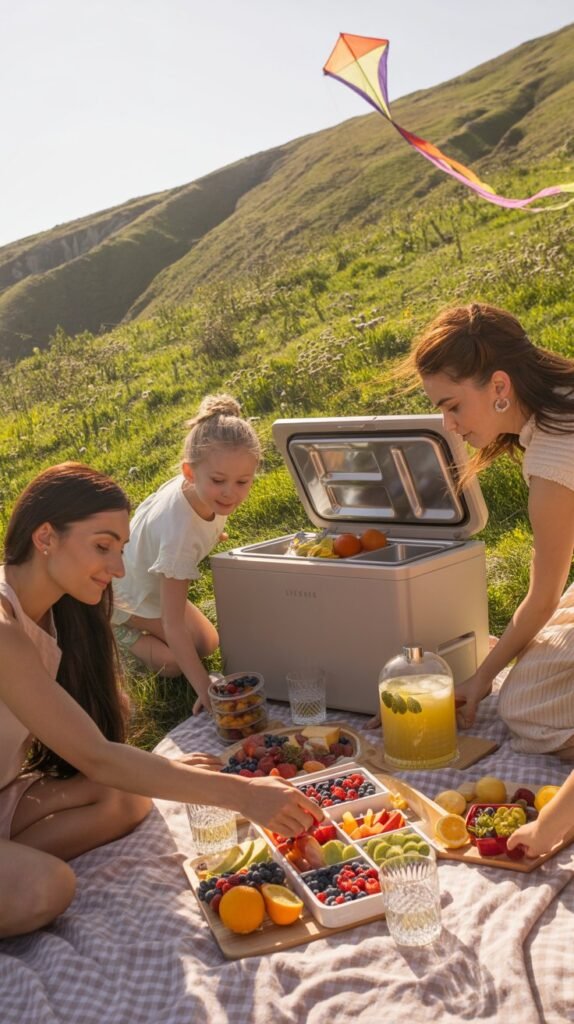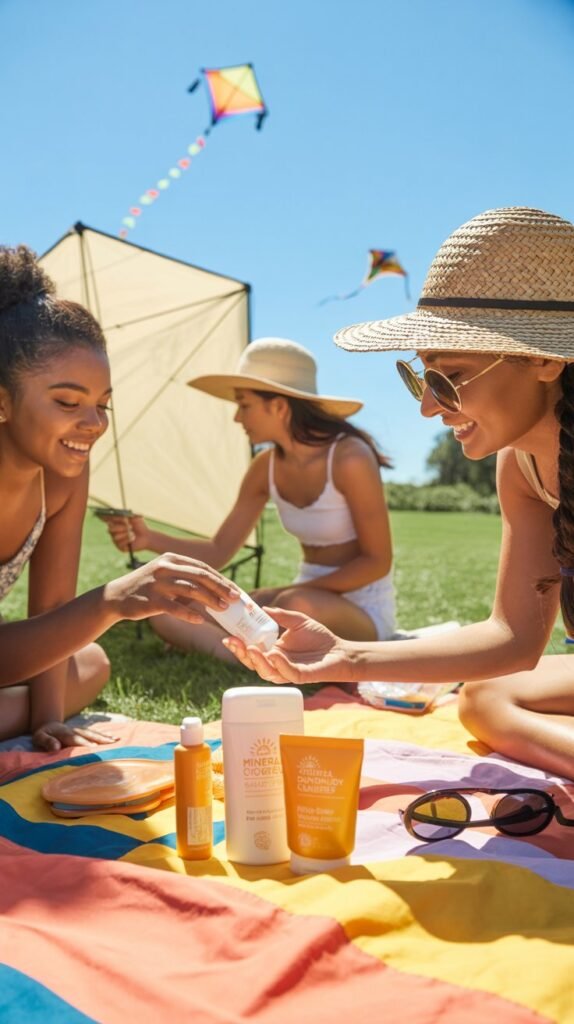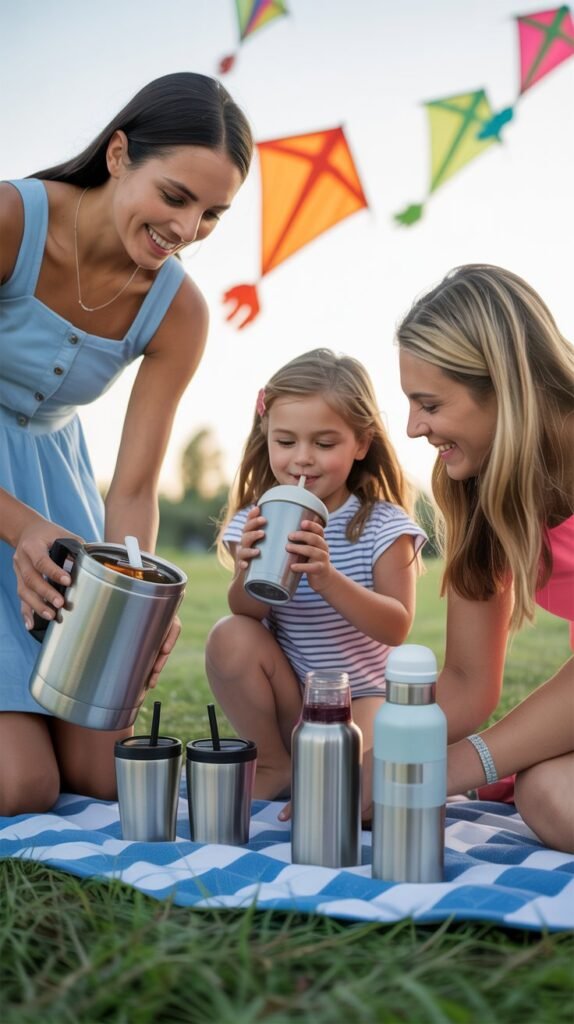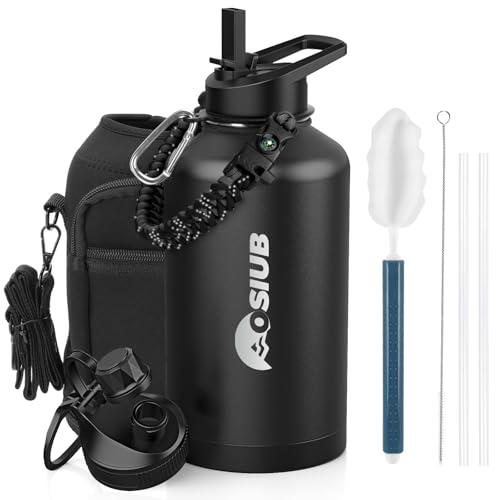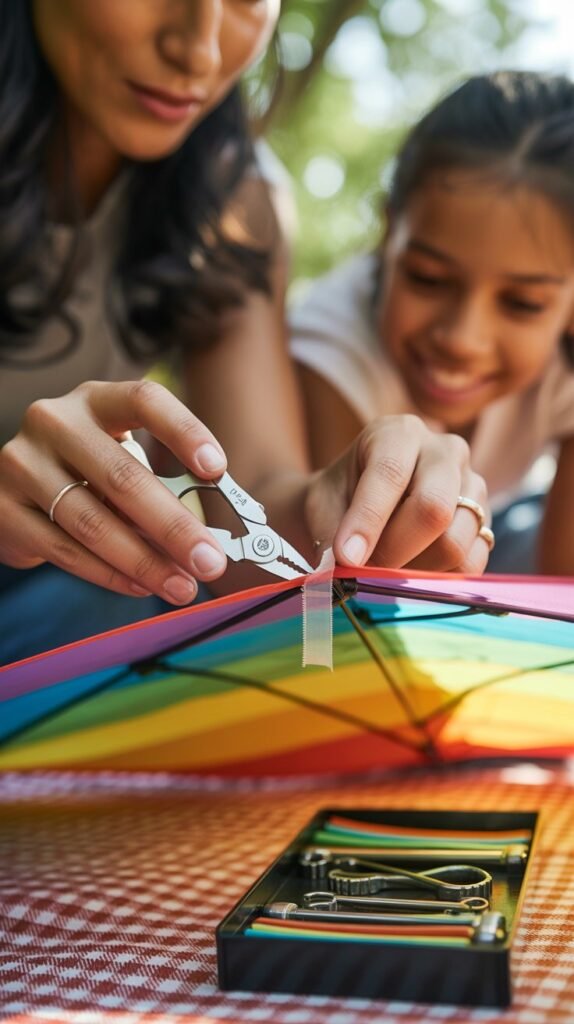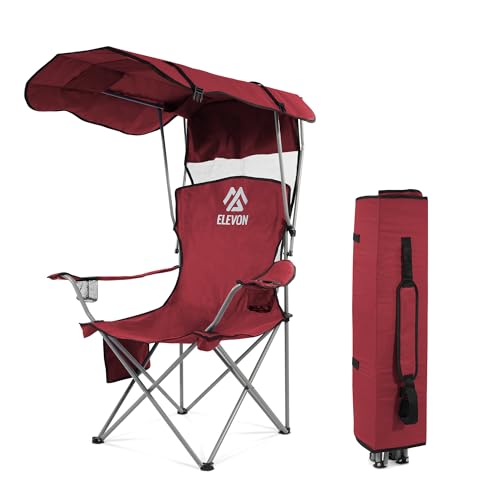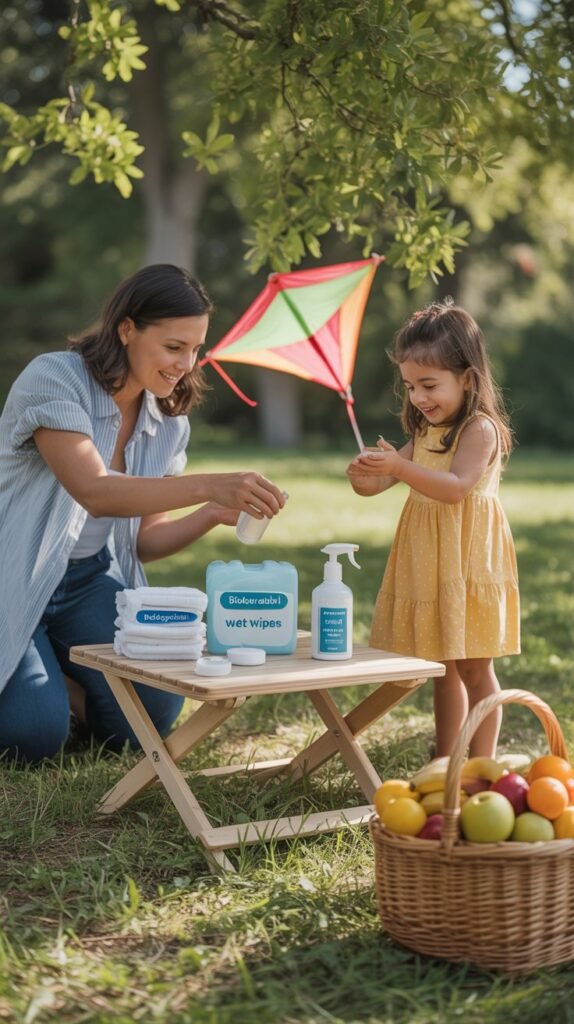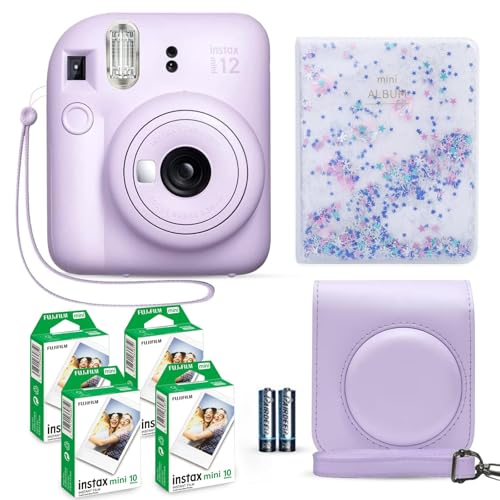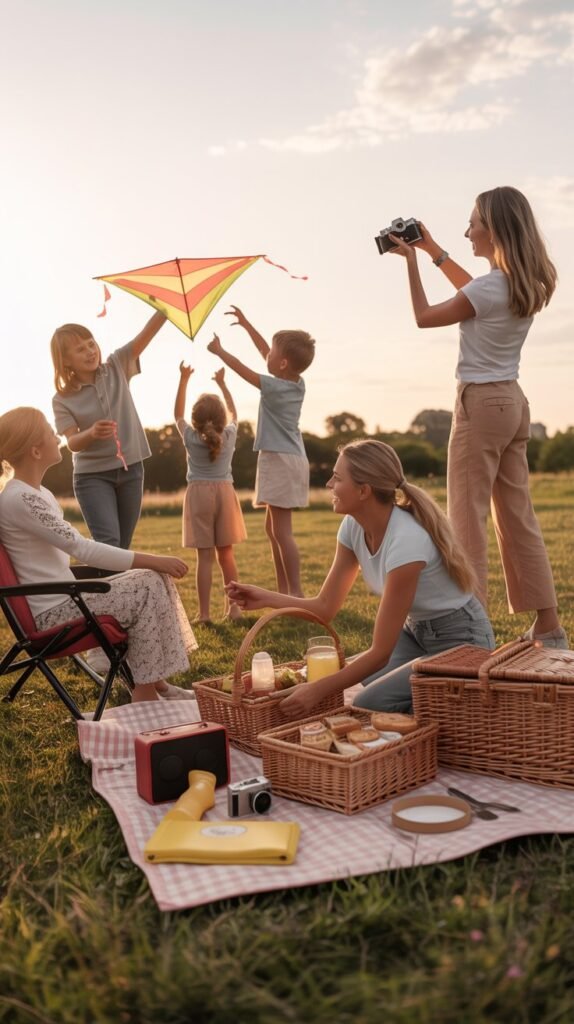Ready for a day of soaring kites and delicious treats? Creating the perfect kite flying picnic requires careful preparation to ensure everyone stays comfortable, entertained, and well-fed while enjoying the great outdoors. We’ve compiled the ultimate packing list with ten essential items that will transform your regular outing into an extraordinary sky-high adventure!
Whether you’re planning your first kite flying experience or you’re a seasoned pro looking to elevate your picnic game, these ten must-have items will help you create unforgettable memories with family and friends. Let’s explore what you need to pack for the perfect blend of aerial entertainment and outdoor dining!
1. Versatile Flying Kites
The foundation of any successful kite flying picnic begins with quality, reliable kites that match your flying conditions and skill levels. Rather than bringing just one style, pack a variety to accommodate different wind conditions and flying preferences.
For a truly prepared outing, include:
- Beginner-Friendly Delta Kite: Perfect for first-timers with its easy launch and stable flight pattern
- No-Assembly Parafoil: Ideal for changing conditions and quick setup
- Classic Diamond Kite: For traditional flying experiences when steady breezes cooperate
When selecting your kite collection, prioritize:
- Durability Materials: Ripstop nylon and fiberglass frames withstand unexpected crashes
- Ease of Transport: Collapsible designs that reassemble quickly at your destination
- Wind Range Versatility: Options that perform in both light and moderate winds
- Visual Appeal: Bright colors and patterns that create beautiful displays against the sky
Remember to check each kite before packing to ensure all parts are present and in good condition. Nothing disappoints faster than discovering a broken spar or missing tail after you’ve already arrived at your destination!
2. Weather-Resistant Picnic Blanket
The foundation of your outdoor dining experience deserves special attention, as the right picnic blanket makes all the difference between comfort and disappointment.
For kite flying picnics specifically, your blanket should offer:
- Moisture Protection: Waterproof backing that prevents ground dampness from seeping through
- Generous Size: Enough space for both people and food, plus room to lay out kite supplies
- Wind Resistance: Corner weights or stakes to prevent frustrating blanket fly-aways
- Cushioned Comfort: Padding thick enough to provide comfort on uneven ground
- Easy Cleaning: Machine-washable material that handles inevitable spills and grass stains
The best picnic blankets for kite enthusiasts feature designated “clean zones” for food and “utility zones” for kite assembly and repair. This practical separation helps keep your sandwiches sand-free and your kites sauce-free!
When packing your blanket, fold it so it’s easily accessible as one of the first items you’ll need upon arrival. A properly positioned blanket serves as both your dining area and your kite preparation headquarters throughout the day.
3. Insulated Food Storage Solutions
Proper food storage is non-negotiable for outdoor dining success, especially when you’re balancing meal preparation with kite flying adventures. The best kite picnics feature food that stays fresh, safe, and appetizing throughout your outing.
When selecting your food storage solution, prioritize:
- Temperature Control: Multiple compartments that separate cold items from room-temperature foods
- Duration Capacity: Insulation that maintains safe temperatures for your entire outing
- Portability Design: Comfortable carrying options that free your hands for kite transport
- Spill Prevention: Secure closures and leak-proof containers that prevent messes
- Organization Systems: Designated spots for utensils, napkins, and condiments
The most practical approach includes:
- Main Insulated Cooler: For temperature-sensitive items requiring consistent cooling
- Separate Snack Container: For easy access to frequently enjoyed nibbles without exposing chilled items
- Individual Meal Containers: Pre-portioned servings that minimize handling and contamination
- Dedicated Beverage Solution: Specialized storage for drinks, separate from food items
Remember that kite flying works up an appetite, so pack approximately 25% more food than you think you’ll need, with an emphasis on easy-to-eat options that can be enjoyed with one hand while the other manages a kite string!
4. Sun Protection Essentials
Extended time outdoors requires serious sun protection, especially in the open fields ideal for kite flying where shade is often scarce. Proper sun defense protects your skin while ensuring your outdoor adventure doesn’t lead to painful sunburns later.
Your comprehensive sun protection strategy should include:
- Broad-Spectrum Sunscreen: SPF 30+ with both UVA and UVB protection
- Reapplication Supplies: Travel-sized sunscreen for easy touch-ups throughout the day
- Physical Barriers: Wide-brimmed hats with chin straps (essential for windy kite flying conditions)
- Eye Protection: Polarized sunglasses that block 100% of UV rays
- Portable Shade: Lightweight sun shelter or umbrella that sets up quickly
- Sun-Protective Clothing: UPF-rated layers that provide coverage without overheating
When organizing your sun protection kit:
- Application Schedule: Set a phone timer to remind everyone to reapply sunscreen every two hours
- Easy Access: Store sun essentials in an exterior pocket for frequent use without digging through your main bag
- Child-Specific Items: Pack kid-friendly formulations and fun-colored options to encourage use
- Wind Considerations: Secure all sun protection items to prevent them from blowing away during gusts
Remember that the perfect wind for kite flying often means increased sun exposure as clouds clear, making comprehensive sun protection absolutely essential for your comfort and safety.
5. Wind-Friendly Refreshments
Staying hydrated during active outdoor activities is crucial, yet standard drink containers can quickly become casualties of the same breeze that keeps your kite aloft. The perfect kite picnic refreshments combine proper hydration with practical wind-resistant design.
For stress-free sipping, pack:
- Spill-Proof Containers: Covered cups with secure lids that prevent disasters when tipped
- Stable Design Options: Low-center-of-gravity bottles that resist tipping
- Hands-Free Hydration: Containers that don’t require constant holding while flying kites
- Temperature Control: Insulation that keeps cold drinks cold and hot drinks hot for hours
- Quantity Planning: At least 16-20 oz of water per person per hour of outdoor activity
The most practical beverage approach includes:
- Large Insulated Dispenser: Central supply of water or other beverages for refills
- Individual Assigned Bottles: Personalized or color-coded to prevent mix-ups
- Anchoring Solutions: Cup holders that stake into the ground between sips
- Easy-Clean Materials: Containers that won’t retain flavors or odors
- Child-Specific Options: Appropriately sized containers with simplified opening mechanisms
Consider freezing water bottles partially before your outing—they’ll provide cooling throughout the day as they melt while ensuring you have cold refreshment available hours into your adventure.
6. Multi-Tool Kite Repair Kit
Even the highest quality kites can encounter unexpected issues during an outing. A well-prepared kite enthusiast arrives ready to handle common repairs, preventing minor damage from ending the day’s flying fun prematurely.
Your essential kite repair kit should include:
- Multi-Purpose Tool: Compact device with scissors, pliers, screwdriver, and knife functions
- Patching Materials: Ripstop tape in colors matching your kites
- Spare Parts: Extra spars, connectors, and line appropriate for your specific kites
- Attachment Solutions: Strong adhesive and thread for emergency fixes
- Line Management: Extra winders and swivels to replace damaged components
When organizing your repair supplies:
- Waterproof Container: Protection from moisture that could compromise adhesives or materials
- Clear Organization: Transparent compartments that allow quick identification of needed items
- Instruction Reference: Quick-guide to common repairs for each kite type you own
- Weight Consideration: Lightweight kit that doesn’t add unnecessary bulk to your picnic load
- Accessibility Design: Easy-open features that don’t require additional tools
A properly equipped repair kit often makes the difference between a brief pause in the day’s activities and a disappointed early departure. The confidence that comes from being prepared allows everyone to fly more boldly, knowing minor mishaps won’t end the adventure.
7. Comfortable Seating Options
While a picnic blanket provides basic seating, adding specialized comfort options dramatically improves the experience, especially for longer outings. Strategic seating choices accommodate different activities—from active kite flying to relaxed observation and dining.
For comprehensive comfort, include:
- Back Support Options: Portable chairs or blanket-compatible back rests for extended sitting
- Quick-Deploy Seating: Instant-setup options for when you need to suddenly manage a kite
- Variable Height Choices: Different seating heights for different activities (higher for eating, lower for kite preparation)
- Weight-Appropriate Design: Ultra-lightweight solutions that don’t burden your carrying capacity
- Weather Adaptability: Water-resistant materials that dry quickly after unexpected showers
The most versatile approach features:
- Convertible Seating: Items that transform between multiple configurations
- Mixed Option Collection: Combination of chairs, stools, and cushions for different preferences
- Activity-Specific Placement: Strategic arrangement that creates functional zones for flying, dining, and relaxing
- Age-Appropriate Sizing: Right-height seating for both children and adults
- Stability Features: Designs that remain secure even in moderate winds
Remember that kite flying often involves quick transitions between sitting and standing as wind conditions change—choose seating that supports this dynamic activity pattern while still providing comfort during more leisurely picnic moments.
8. Practical Hand Cleaning Station
The transition between handling kite strings, touching grass, and enjoying finger foods creates numerous opportunities for transferring dirt to your meal. A dedicated hand cleaning system keeps everyone comfortable and healthy throughout your outing.
Your practical hygiene station should include:
- Water Source: Dedicated hand-washing water separate from drinking supplies
- Cleansing Agents: Biodegradable soap that’s environmentally appropriate for outdoor use
- Waterless Options: Hand sanitizer for quick cleaning when water conservation is important
- Drying Solution: Small towels that allow proper hand drying without wasting paper products
- Convenient Access: Strategic placement near food preparation and consumption areas
For maximum effectiveness, organize your cleaning station with:
- Visible Reminder Setup: Prominent placement that encourages regular use
- Conservation Design: Systems that minimize water usage while maximizing cleanliness
- Waste Management: Collection method for used wipes or paper towels
- Refill Supplies: Backup cleansers for extended outings
- Child-Friendly Elements: Easy-to-use options that encourage independent hygiene habits
This often-overlooked essential prevents the frustration of gritty sandwiches and dirty napkins, while significantly improving the overall dining experience. The small space dedicated to hand hygiene pays enormous dividends in picnic enjoyment.
9. Weather Monitoring Tools
Successful kite flying depends heavily on weather conditions, making accurate monitoring tools essential for maximizing your enjoyment and safety. Beyond basic weather app checking before departure, bringing specialized tools allows real-time decision making throughout your outing.
Your weather toolkit should include:
- Wind Speed Measurement: Handheld anemometer to identify perfect flying conditions
- Wind Direction Indicator: Visual tool showing shifts that affect kite behavior
- Precipitation Prediction: Barometric pressure monitor for advance warning of approaching weather changes
- Temperature Tracking: Accurate thermometer for heat safety awareness
- Weather Alert System: Mobile notification service for rapidly changing conditions
For practical weather management:
- Regular Monitoring Schedule: Checking conditions every 30-60 minutes
- Data Logging Option: Recording changes to improve future outing planning
- Visual Weather Indicators: Teaching children to recognize natural signs of changing conditions
- Safety Threshold Establishment: Predetermined limits for when to pack up (wind speed, temperature, etc.)
- Multiple Information Sources: Combining electronic tools with environmental observation
The confidence that comes from accurate weather knowledge enhances your ability to select the right kite for current conditions, position your picnic optimally, and make timely decisions about continuing or concluding your outing as conditions evolve.
10. Memory Capture Equipment
The fleeting joy of kites dancing against blue skies deserves to be preserved. Thoughtful memory capture transforms momentary pleasure into lasting family treasures that can be revisited and shared for years to come.
Your memory preservation kit should include:
- Photography Tools: Camera options appropriate for dynamic outdoor conditions
- Stable Mounting Solution: Tripod or other stabilization for group photos and time-lapse kite sequences
- Physical Documentation: Journal or scrapbook materials for recording experiences beyond images
- Child Participation Options: Kid-friendly memory capture tools that provide their unique perspective
- Organizational System: Method for collecting and categorizing memories from each outing
For meaningful memory creation:
- Varied Perspective Planning: Capturing wide landscapes, close-up details, and personal reactions
- Action and Still Balance: Combining in-the-moment activity shots with composed group images
- Multi-Generational Documentation: Ensuring everyone’s experience is represented
- Preservation Strategy: Immediate backup and organization of digital images
- Story-Building Approach: Capturing sequential moments that convey the day’s narrative
Consider establishing memory-making traditions specific to your kite outings, such as an annual same-position photo that shows children growing, kite skills advancing, and traditions continuing through changing seasons and years.
Conclusion: Your Perfect Kite Flying Picnic Awaits
With these ten essential items thoughtfully packed, you’re fully prepared for a magnificent day of aerial adventure and delicious dining. The perfect kite flying picnic combines practical preparation with spontaneous joy, creating an experience that engages all your senses while strengthening bonds with family and friends.
Remember that the ultimate goal is balanced enjoyment—where kite flying enhances your picnic experience and delicious food energizes your kite adventures. By attending to these essential categories, you’ve created a foundation for success that can be personalized with your favorite kites, preferred foods, and unique family traditions.
The magic of kite flying picnics lies in their wonderful combination of active play and relaxed enjoyment, making them perfect for multi-generational outings that create lasting memories. With your comprehensive packing list complete, all that remains is checking the forecast, choosing your perfect location, and letting your spirits soar as high as your kites against the boundless blue sky.
Happy flying and happy dining!

